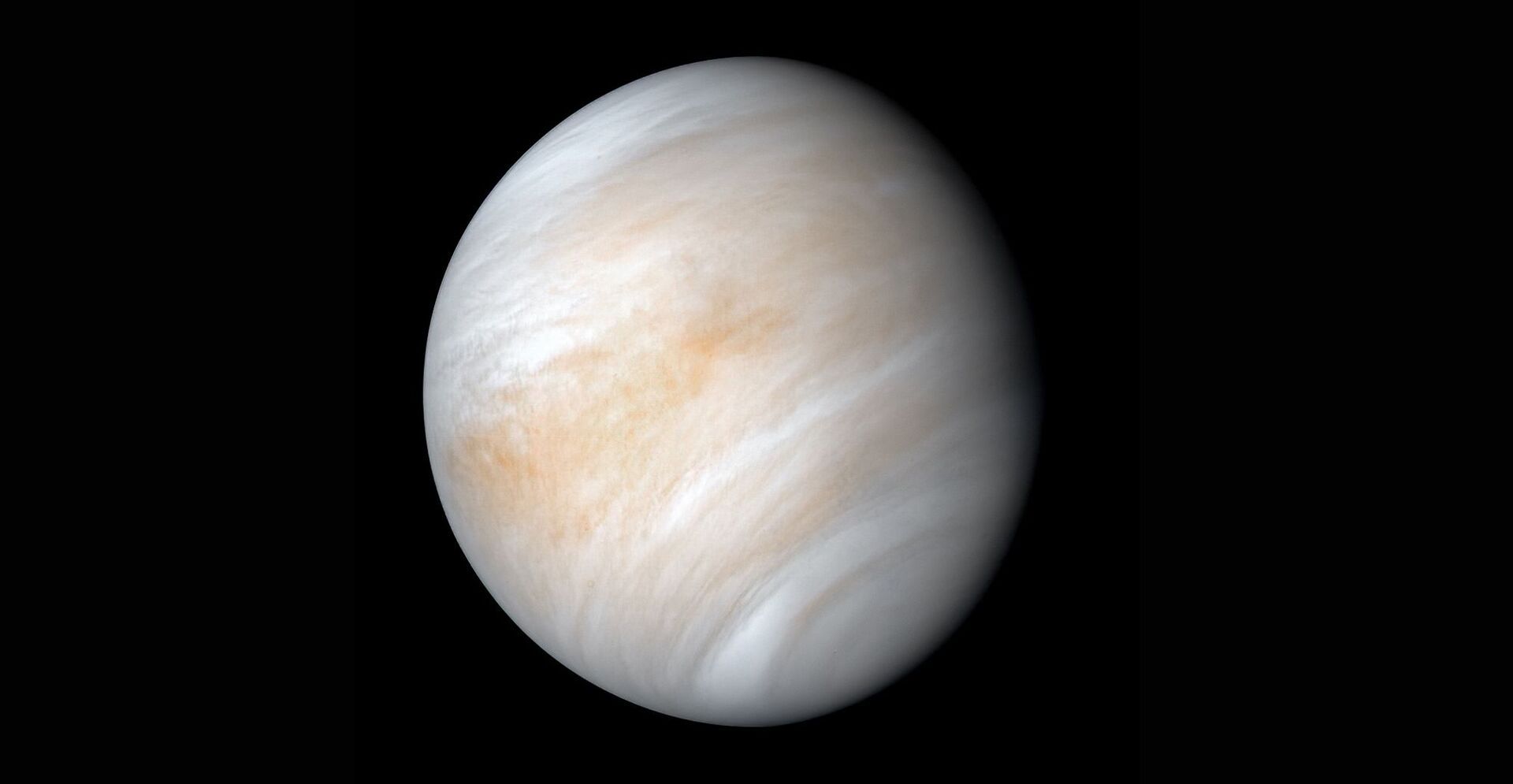
For more than a century, scientists and science fiction writers alike have dreamt about life on Venus. Once envisioned as a tropical swamp world, the first missions to Venus in the 1960s revealed that our planetary neighbor is actually a scorching hellscape. But early spacecraft missions also showed that 30 miles above the surface, conditions are more hospitable. After that, the dream of life on Venus moved to the clouds.
The truth about those clouds, however, may be stranger than fiction. If alien life is present up there, it probably isn’t carnivorous plants or electric blue space jellyfish. Instead, the skies of Venus might be home to microbial refugees that escaped the surface eons ago as the oceans boiled away, took up residence inside droplets of sulfuric acid, and have been kept aloft ever since by ripples in the atmosphere.
That, at least, is what a team of scientists proposes in a paper published recently in the journal Astrobiology. Starting with the now fifty-year-old hypothesis that Venus’ clouds might harbor life, the study attempts to answer a simple question: How would that actually work? Assuming Venus’ high-flying life forms don’t have airships, how would they stay put up there over millions to billions of years?
Join the Important Membership to read the rest.
Members get access to every essay from The Science of Fiction -- and everything else we make, too.
Start Your 30 Day Free TrialBenefits include:
- Your choice of our critically-acclaimed newsletters, essays, and podcasts
- A welcome sticker pack!
- Ad-free everything
- Your WCID profile: Track and favorite your actions while you connect with other Shit Givers
- Vibe Check: Our news homepage, curated daily just for you. Never doomscroll again
- Lifetime thanks for directly supporting our work


